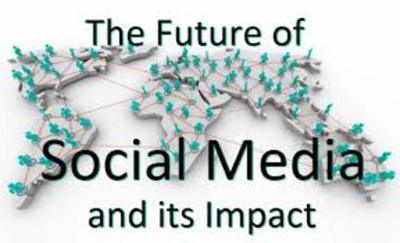We found 6 results that contain "devices"
Posted on: #iteachmsu

ASSESSING LEARNING
What Is the Real Impact of Social Media?
Posted by:
Chathuri Super admin..

Posted on: #iteachmsu

Assessing Learning
EXAMPLES OF ARTIFICIAL INTELLIGENCE IN USE TODAY
Posted by:
Rupali Jagtap

Posted on: QA groups

Data communications
Authored by:
Super admin - R

Posted on 1: QA groups

Data communications
Authored by:
Super admin - R

Posted on: QA groups

Data communications
Authored by:
Super admin - R

Posted on 1: QA groups

Data communications
Authored by:
Super admin - R

Posted on: #iteachmsu

Pedagogical Design
Mobile app compatibility testing
Authored by:
Rohit 936 Pravinchakra chakramurthy Krishna-dwaipayana Namberuman

Posted on 1: #iteachmsu

Mobile app compatibility testing
PEDAGOGICAL DESIGN
Authored by:
Rohit 936 Pravinchakra chakramurthy Krishna-dwaipayana Namberuman

Posted on: Heart Health

Disciplinary Content
Heart health
Authored by:
Chathuri Super admin

